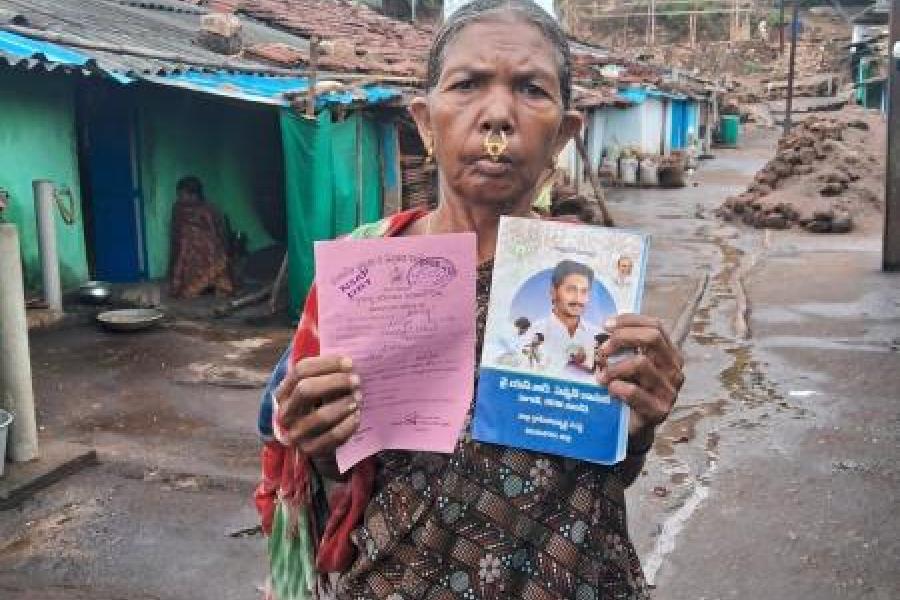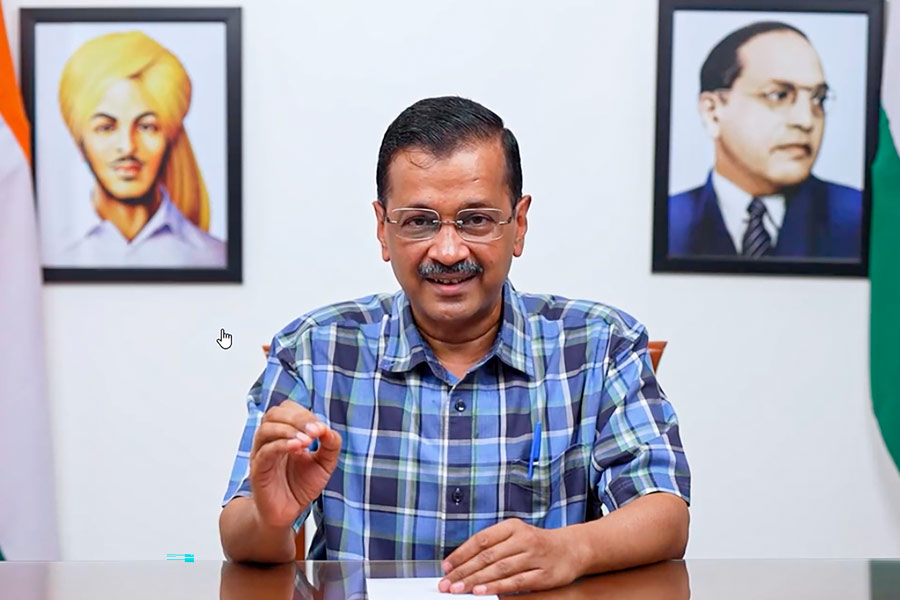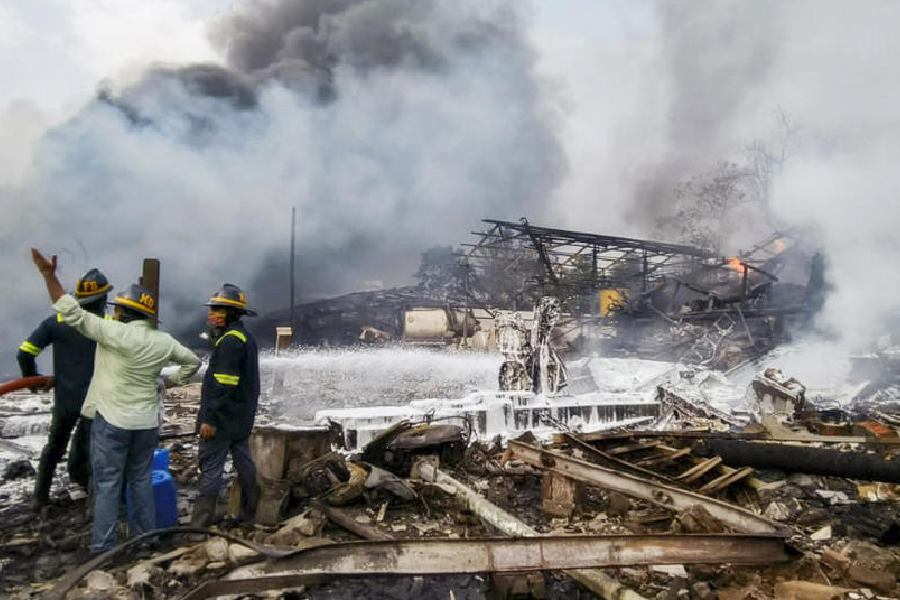On the Odisha-Andhra Pradesh border sits a cluster of villages that enjoy the best of both worlds and where elections are akin to festivals.
People of 21 villages in Kotiya panchayat — the subject of dispute for over six decades — are wooed by both the Naveen Patnaik-led BJD government and neighbouring Andhra Pradesh’s Y.S. Jagan Mohan Reddy administration. The people, many of whom speak a mix of Telugu and their local tribal language, possess voter IDs and ration cards for both states. Come poll season, the people, aware they are being pursued by parties
on both sides, demand whatever they want.
On the Odisha side, the panchayat, 500km from Bhubaneswar, is part of the Pottangi Assembly segment — in the Koraput Lok Sabha constituency — while a part of it is shown as falling within the Salur Assembly segment in Andhra Pradesh, under the Araku Lok Sabha constituency.
Odisha claims 21 of the 28 Kotiya villages, which are home to around 9,000 tribals. While people have been voting in both states, May 13 would be the first time they will cast their votes simultaneously on both sides of the border.
“The people here vote to ensure that the privileges on both sides continue. There is a fear that if they don’t cast their votes, benefits such as free rice and old age pension will be forfeited,” said a former ward member.
In most houses, photographs of Andhra Pradesh chief minister Jagan Reddy are stuck on the kutcha walls. Most houses have solar lights provided by the Andhra government. The schools and anganwadi centres have been built by the Odisha government — posters with chief minister Naveen are also up on the walls. While Odisha’s newly launched LAccMI (Location Accessible Multimodal Initiative) bus service connects Kotiya with Pottangi, the area also has a police station, a school, a church and a Jagannath temple. Motorbikes are the best means of negotiating the rough terrain as most of the villages are nestled in the lap of the scenic Deomali hills, Odisha’s highest peak, in the Eastern Ghats.
On Monday, the people will vote in Odisha in the morning and then exercise their franchise on the Andhra side in the afternoon.
“It suits us to cast our votes on the Odisha side in the morning as the polling booth is nearby. Then we walk to the polling booths in Andhra Pradesh, about 8km from here,” explains 66-year-old Damana Tadingi, speaking through the local guide-cum-interpreter.
“Sometimes, the political parties arrange vehicles to take us to the booths. We have never asked for money but we accept things like biscuit packets and snacks offered by the agents of the parties. But vote we must as staying away would mean benefits being provided by both governments would stop.”
“What’s wrong in taking benefits from both sides?” argues Bingu Gamel (34), a jeep driver. “We are living in this forested area surrounded by hills. We don’t have too many livelihood choices. Work under the MNREGA is limited. After the election is over, all will forget us and our young people will migrate to different parts of southern India to work as labourers.”
Diuel Tadingi (65) of Madkar village shows this correspondent the ration cards provided by both governments.
The interpreter speaks for Tadingi: “I am getting 5kg of rice from both governments. While Andhra gives ₹3,000 pension, Odisha is giving ₹1,000 pension. I should vote for both of them, otherwise they will take away my cards.”
“We are not getting work every day and the daily wage is just ₹200. The governments’ assistance is a big help. We will cast our votes in both states,” asserts a young couple, Saroj Gamel and Ras Hareka.
Former Koraput collector Gadadhar Parida told The Telegraph: “The Kotiya panchayat was part of the Jeypore estate till April 1, 1936, when a separate Odisha state was formed on linguistic basis. Later, the Odisha government at different times issued notifications staking claims to these hamlets. So far none of the hamlets have
been declared as revenue villages. The Supreme Court, which adjudicated the dispute, directed in 2006 to maintain status quo. After Andhra Pradesh conducted panchayat elections in some of the villages in 2020, Odisha once again moved the apex court where the matter is pending.”
Koraput votes on May 13










